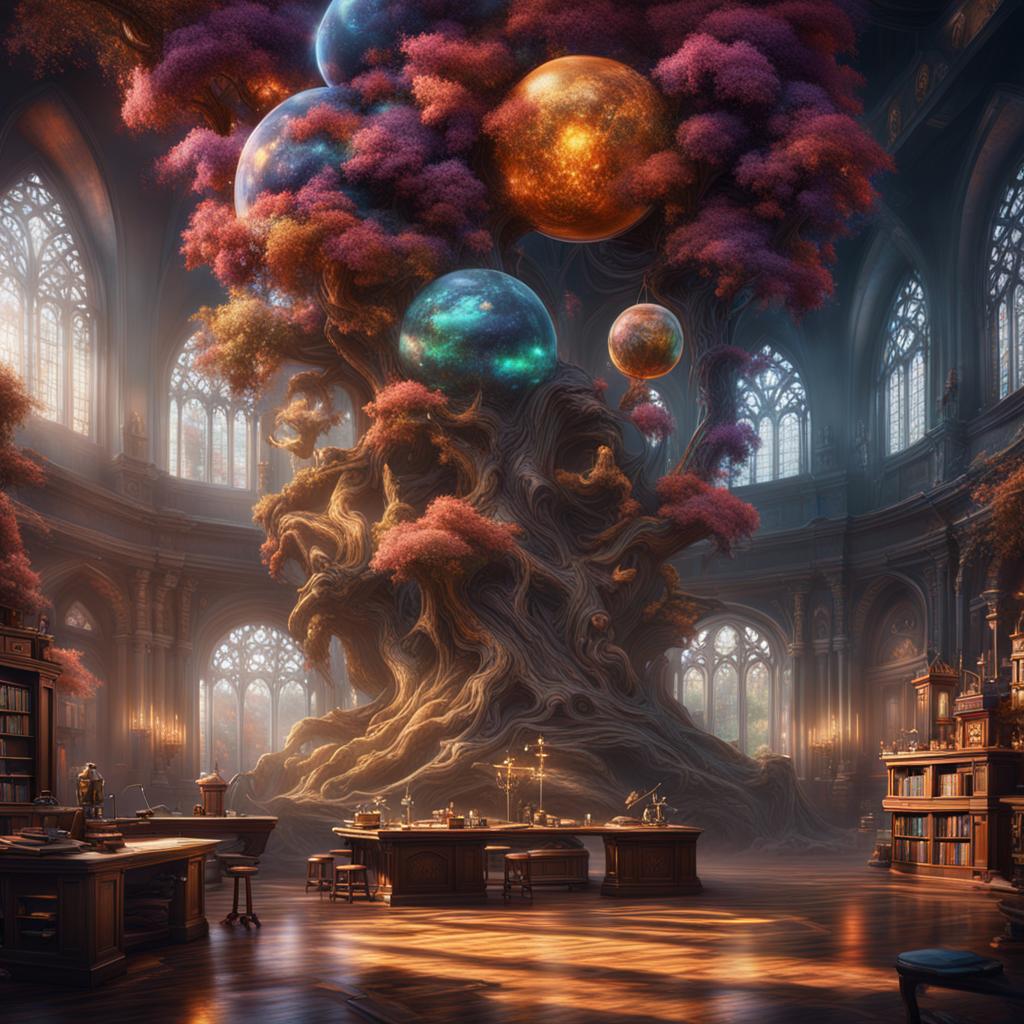
This post was created using ChatGPT generative AI with the following prompt:
I am writing a blog post. Can you please provide me with a summary of AI assisted and AI created art and the pros and cons of these technologies? could you please also provide me with a paragraph on the dangers and advantages of using AI in the classroom.
In the ever-evolving landscape of creativity, artificial intelligence (AI) has emerged as a powerful tool, offering new avenues for artists to explore and experiment. From AI-assisted enhancements to entirely AI-generated masterpieces, the realm of AI and art is a fascinating intersection of technology and creativity. Let’s delve into the pros and cons of AI-assisted and AI-created art, and then pivot to examine the potentials and pitfalls of AI in the classroom.
AI-Assisted and AI-Created Art: Unlocking New Frontiers
AI-assisted art is akin to having a digital collaborator, providing artists with tools to streamline their creative process. These tools can range from algorithms that suggest color palettes or compositions to sophisticated software that can mimic various artistic styles. The benefits are evident:
Efficiency: AI expedites the creative journey, allowing artists to explore ideas rapidly and efficiently.
Exploration of New Styles: With access to vast databases of artistic styles, AI empowers artists to experiment beyond their usual boundaries.
Accessibility: Perhaps most importantly, AI democratizes art creation, enabling individuals without traditional artistic skills to engage in the creative process.
On the flip side, concerns linger:
Lack of Originality: Critics argue that AI-generated art lacks the soul and authenticity inherent in human-created works.
Ethical Quandaries: Ownership and authenticity become murky waters in the realm of AI-generated art, raising questions about the role of human artists.
AI in the Classroom: Revolutionizing Education or Reducing Human Touch?
The integration of AI in education promises a paradigm shift, with the potential to personalize learning experiences and revolutionize traditional teaching methods. Imagine classrooms where AI-powered systems adapt lessons to students’ individual needs, offer immediate feedback, and provide engaging, interactive learning materials. The advantages are manifold:
Personalized Learning: AI tailors educational experiences to the unique abilities and preferences of each student, fostering better understanding and retention.
Engagement and Motivation: Interactive AI-powered tools make learning more enjoyable and accessible, encouraging students to take an active role in their education.
Yet, challenges loom:
Depersonalization: Critics worry that excessive reliance on technology could strip education of its human touch, distancing students from teachers and peers.
Digital Divide: Unequal access to AI tools could exacerbate existing disparities in education, widening the gap between privileged and marginalized students.
In conclusion, the fusion of AI and art, as well as AI and education, presents both promise and peril. While AI offers unprecedented opportunities for creativity and learning, it’s crucial to approach these advancements with caution, ensuring that they enhance rather than diminish the human experience. As we navigate this brave new world of AI-driven innovation, let’s strive to strike a balance between technological advancement and human ingenuity, embracing the possibilities while safeguarding the essence of what makes us uniquely human.
My thoughts:
Overall, I think the AI did a good job summarizing the pros and cons of using AI. What is presented is similar to what we discussed in class. I found the process to be easy to use and straightforward. I do wish there was a tool to fact check the AI generated text or that the AI could provide links to references for more information. I think this tool should only be used when you are already familiar with a topic and are mainly needing help with the wording. That being said, I did find that I learned less using the AI as I didn’t really need to think or synthesize the information presented. I think that students should avoid using AI in this way and instead if they are going to use AI, to input point form information and have AI make it sound nice. This way, students still need to do most of the thinking/Have you used AI before? What are your thoughts?
Leave a Reply
You must be logged in to post a comment.